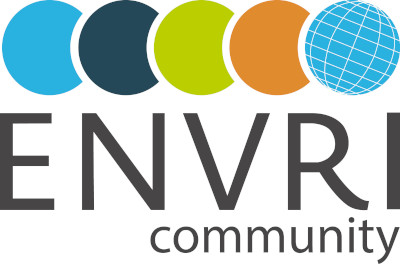ENVRI-FAIR brings together 13 environmental research infrastructures
37 partners from 13 EU countries work together to make the project a success
The project has started in January 2019 and will run for 48 months until December 2022
Our work is organized in 12 work packages and will be documented in 80 deliverables

About ENVRI-FAIR
Understanding the Earth is not possible without interdisciplinary science. We need a holistic approach where environmental data and services produced by the different research infrastructures are harmonized and easy to use for scientists from any field of environmental research.
The overarching goal of ENVRI-FAIR is to advance the findability, accessibility, interoperability, and reusability (FAIRness) of the data and services offered by the ENVRI Cluster research infrastructures and to connect them to the emerging European Open Science Cloud.
Through our joint efforts, we will better understand the Earth system and eventually be able to better respond to all the challenges our planet faces.
Scope
Natural and anthropogenic factors lead to environmental changes on a scale ranging from local to global. Understanding and quantifying these changes is a requirement for developing mitigation and adaptation options and fact-based decision-making.
Reliable predictions of environmental change must be based on trustworthy, well-documented observations which capture the entire complexity of the Earth system and the manifold interactions between the atmosphere, the land and the ocean; encompassing impacts both from and onto life in all its forms.


ENVRI-hub
The ambition of ENVRI-FAIR is to establish technical preconditions for the successful implementation of a virtual, federated machine-to-machine interface called ENVRI-hub – central gateway for easy access to environmental data and services provided by the contributing research infrastructures.
Full integration of services across research infrastructures is continuously progressing within the ENVRI community, with a focus on environmental data and scientific research objectives.




